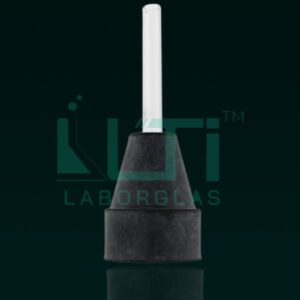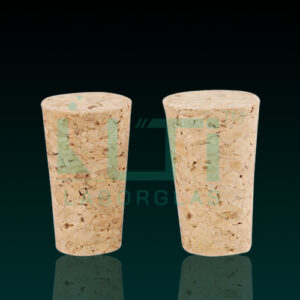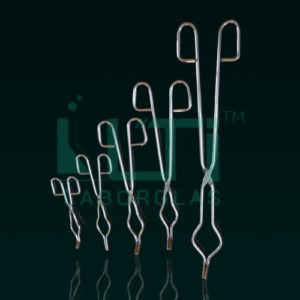- Material Cast Iron, black painted
- Available with Round or triangle top
| PART No. | Size (mm) | Top | Pack Qty. |
| 8950-125-200-R | 125 x 200 | with round top | 1 |
| 8950-125-175-R | 125 x 175 | with round top | 1 |
| 8950-125-150-R | 125 x 150 | with round top | 1 |
| 8950-100-200-R | 100 x 200 | with round top | 1 |
| 8950-100-175-R | 100 x 175 | with round top | 1 |
| 8950-100-150-R | 100 x 150 | with round top | 1 |
| 8950-125-200-T | 125 x 200 | with triangle top | 1 |
| 8950-125-175-T | 125 x 175 | with triangle top | 1 |
| 8950-125-150-T | 125 x 150 | with triangle top | 1 |
| 8950-100-200-T | 100 x 200 | with triangle top | 1 |
| 8950-100-175-T | 100 x 175 | with triangle top | 1 |
| 8950-100-150-T | 100 x 150 | with triangle top | 1 |
Here are some common uses of a tripod stand in a laboratory:
- Support for Apparatus: Tripod stands are used to provide a stable base for various laboratory apparatus such as Bunsen burners, distillation setups, and other equipment.
- Heating Experiments: They are essential for supporting the Bunsen burner or other heating sources during experiments that involve the application of heat.
- Stability: Tripod stands offer stability to setups that require a firm foundation, preventing accidental spills or disruptions during experiments.
- Elevation of Containers: They are used to elevate containers or reaction vessels above a heat source, allowing for controlled heating or reactions.
- Distillation Setups: Tripod stands are commonly used in conjunction with a wire gauze to support distillation apparatus, providing a secure platform for the process.
- Cooling Procedures: After heating, tripod stands can be used to support equipment during cooling processes, ensuring a safe and controlled cooldown.
- Filtration Setups: In filtration experiments, the stand can be employed to hold the funnel and filter paper, facilitating the separation of solids from liquids.
- Laboratory Safety: They contribute to laboratory safety by preventing direct contact between hot equipment and work surfaces, reducing the risk of accidents.
- Adjustable Height: Tripod stands often have adjustable height settings, allowing for flexibility in experimental setups and accommodating various apparatus.
- Versatility: Due to their design and functionality, tripod stands are versatile and can be used in a wide range of laboratory applications, making them a fundamental tool in many scientific experiments.





